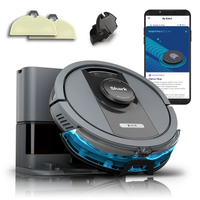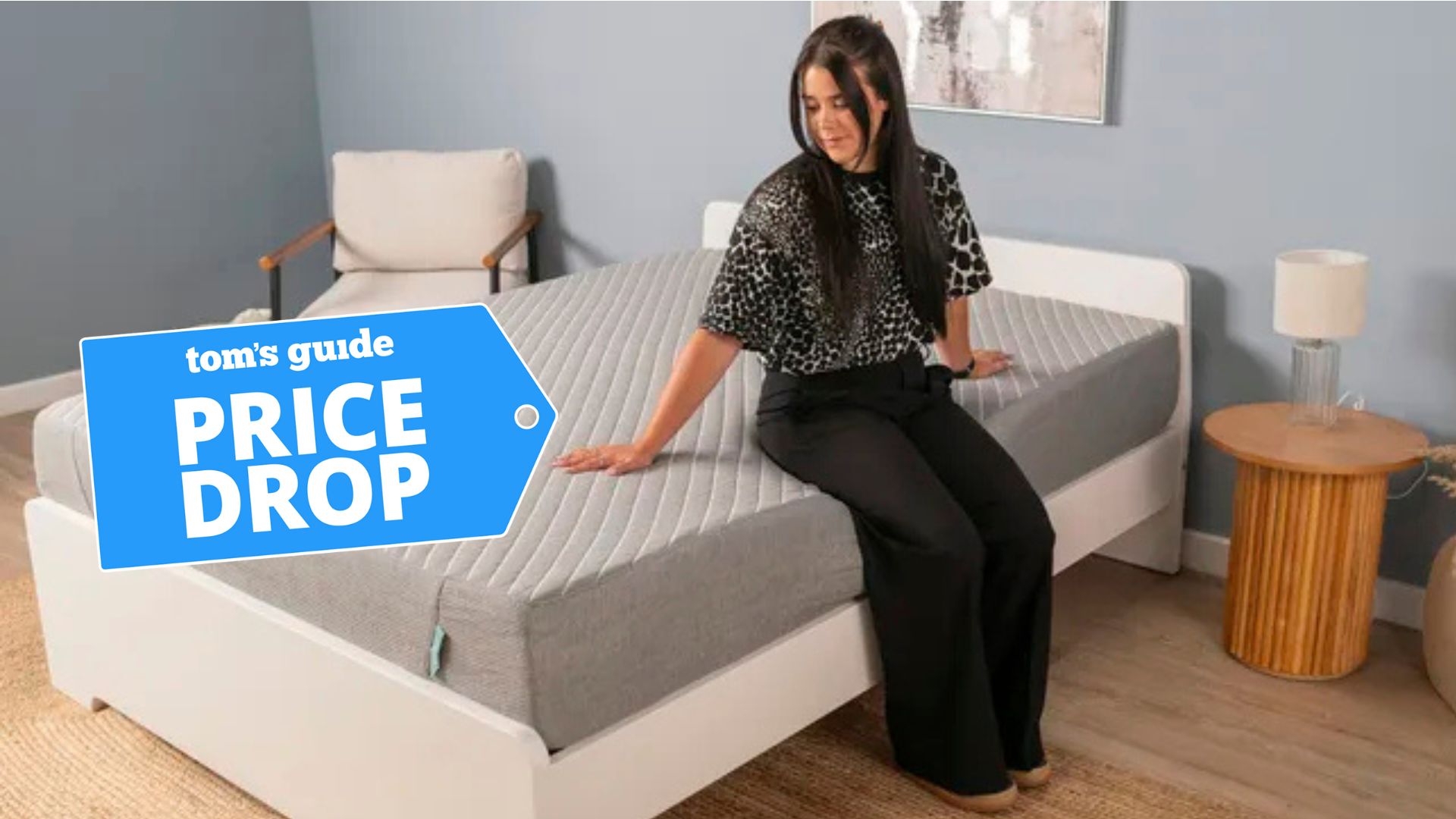Can you use a robot vacuum in a cluttered room? My top 5 tips for success
Here's what to watch out for when using a robot vacuum in a cluttered room
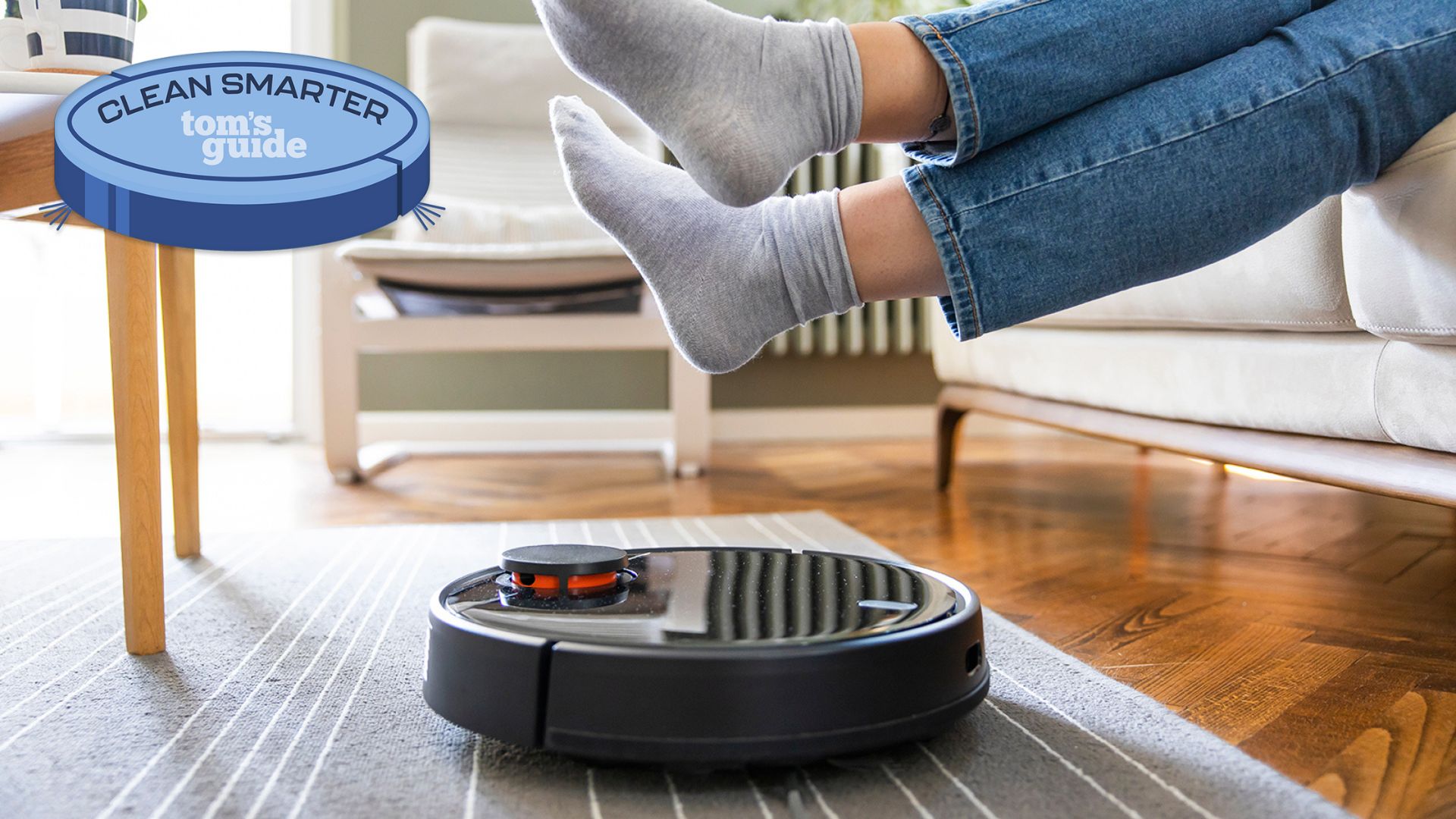
The best robot vacuum cleaners can be absolute lifesavers, supporting busy families and individuals with full schedules to get their living space clean, with less time and effort required.
But, you may be wondering “do robot vacuums work in cluttered rooms?”
Robot vacuums are handy tools to get the vacuuming done while you’re at work, while you sleep, when you put your feet up in the evening, or when you’re putting the kids to bed for instance, but unfortunately no robot vacuum is able to tidy your home, or pick up any clutter or objects on the floor; that robot has yet to be invented.
We understand how challenging it can be to keep a real home tidy and clean; especially with a busy lifestyle. With work, home maintenance, taking care of children and pets, health needs, and myriad other factors, it’s a constant challenge to maintain tidy rooms in the home.
Together with experts, we break down this question and discover if robot vacuums work in cluttered rooms.
Do robot vacuums work in cluttered rooms?
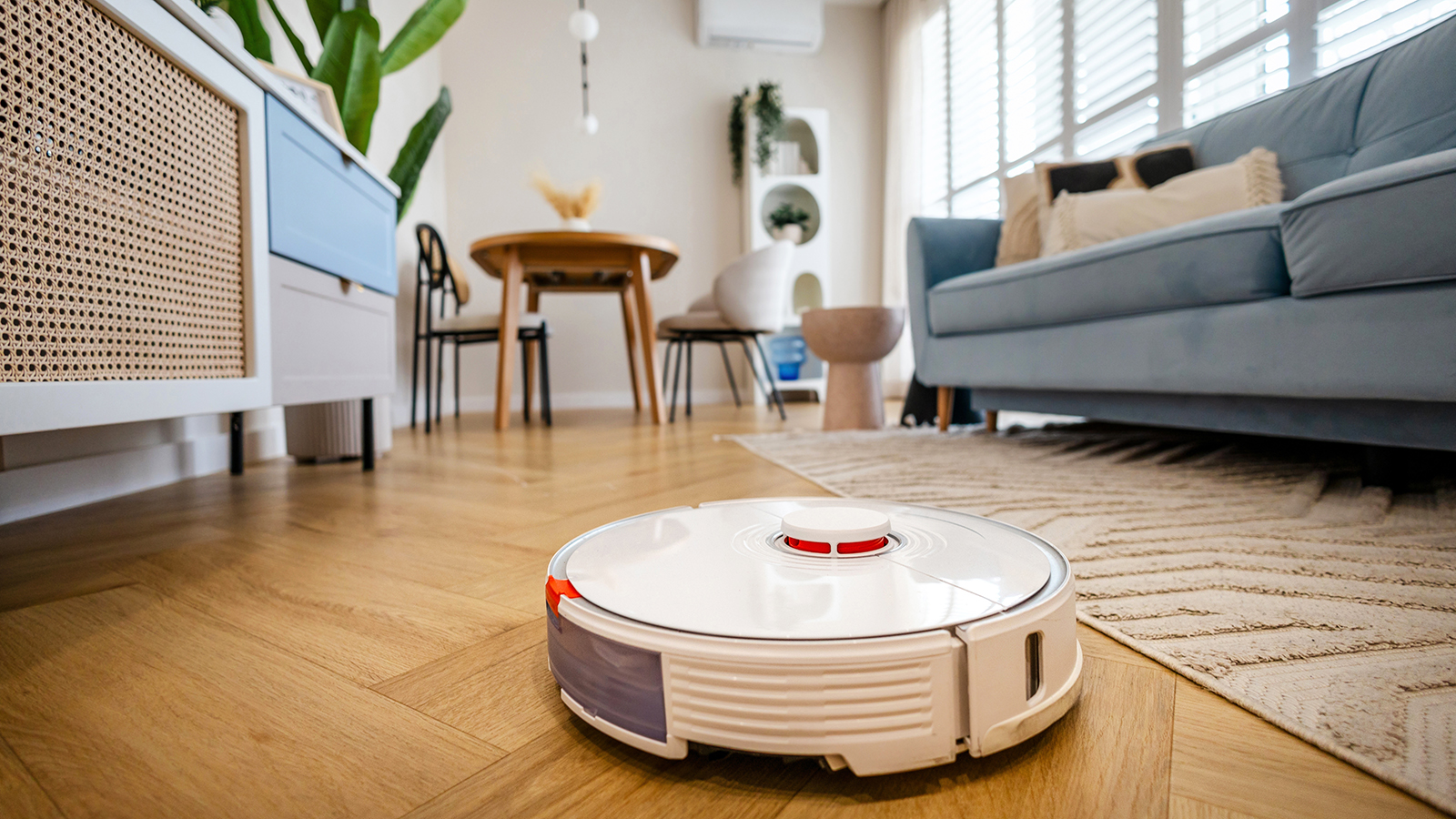
The answer is simply that yes, robot vacuums can work in cluttered rooms; however obstacles, loose wires, low furniture, decorative objects and toys may reduce the efficiency and efficacy of the machine’s ability to clean the space. There’s a chance your robot vacuum could get stuck beneath low furniture or caught up in wires.
Certain premium models with advanced navigation, floor mapping and obstacle detection may be able to navigate more easily around any obstacles on the floor than affordable robot vacuums might, however, those areas with clutter or obstacles will be avoided, leaving your floor space only partially vacuumed.
Sign up to get the BEST of Tom's Guide direct to your inbox.
Get instant access to breaking news, the hottest reviews, great deals and helpful tips.
Fantastic Services' appliance technician and licensed electrician David Miloshev asserts: “Robot vacuums can operate in cluttered rooms, but their efficiency will be reduced.”
“Robot vacuums can operate in cluttered rooms, but their efficiency will be reduced.”
David Miloshev, Fantastic Services' appliance technician and licensed electrician
The answer isn’t as black and white as you might expect, however, because over time, the various navigation systems for robot vacuums have evolved and developed significantly, with technological advancements and the rise of AI.
With the help of cleaning and robot vacuum experts, let’s explore some considerations, and practical solutions to help answer this question specifically, depending upon your needs and circumstances.
How to robot vacuums navigate clutter?
Robot vacuums have developed significantly over the years since the very first Electrolux robot vacuum was launched in 1996, which utilized ultrasonic sensors to detect obstacles before bumping into them.
iRobot revolutionized the market in 2002 launching the first Roomba, which used infrared sensors to detect obstacles and drops, to avoid falling, as well as bump sensors to turn away upon physically bumping into an object.
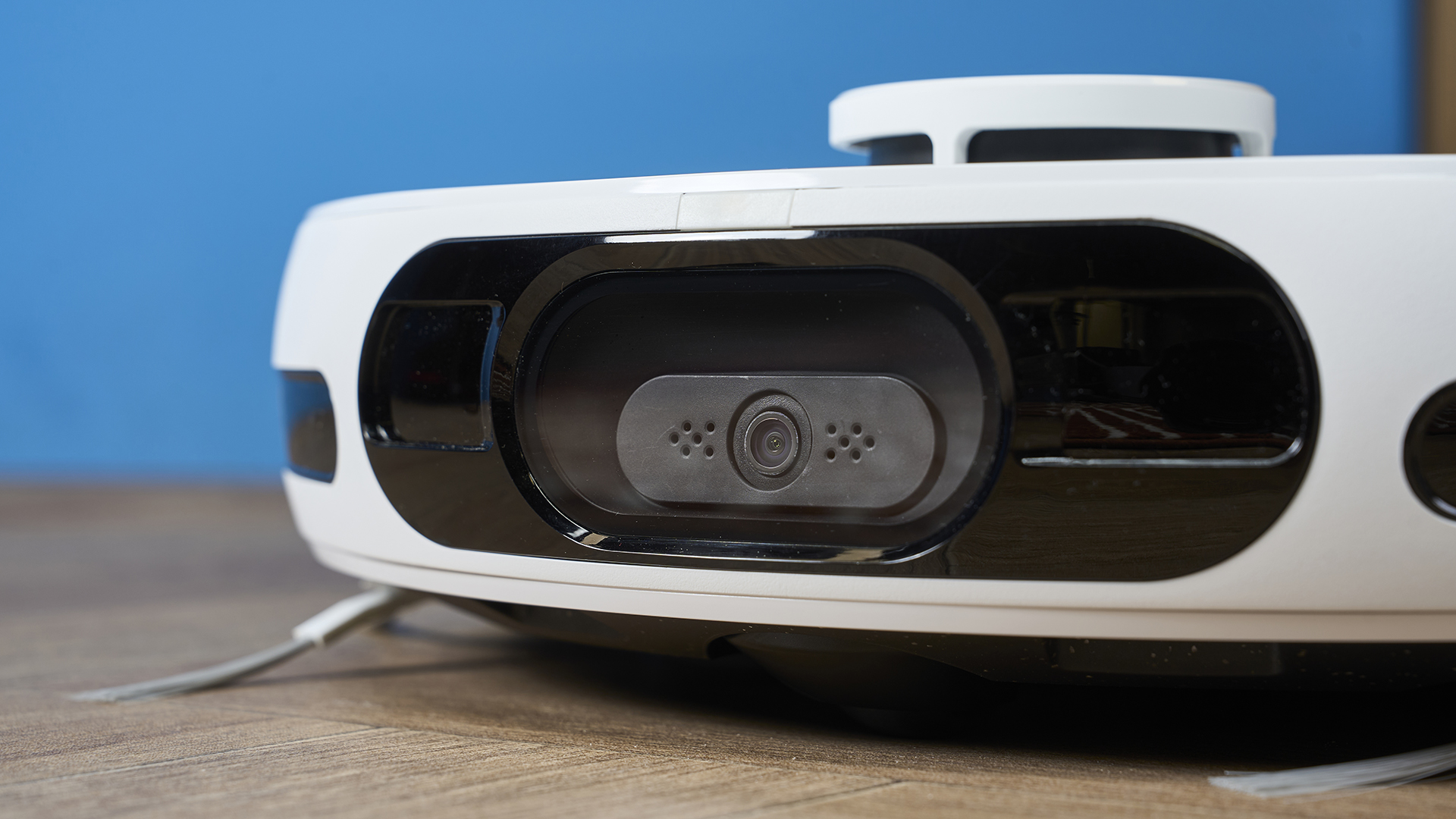
Robot vacuums have developed significantly over the years since the very first Electrolux robot vacuum was launched in 1996, which utilized ultrasonic sensors to detect obstacles before bumping into them.
iRobot revolutionized the market in 2002 launching the first Roomba, which used infrared sensors to detect obstacles and drops, to avoid falling, as well as bump sensors to turn away upon physically bumping into an object.
These days, many of the more advanced models have evolved to use sophisticated AI-driven mapping, AI-powered object recognition, and navigation with infrared sensors, gyroscopes and Visual SLAM for meticulous cleaning performance.
The models on the market today range from approximately $200 to upwards of $1,000; the most budget options utilizing basic mechanical bump sensors, gyroscopes or infrared systems for random navigation.
"If clutter is a concern, choosing a vacuum with strong navigation capabilities will make all the difference.”
Trevor Brewer, Managing Director of Solenco
Higher-end models will feature AI technology for highly intelligent mapping, camera-based navigation (VSLAM or Visual Simultaneous Localization and Mapping), AI 3D object recognition, dual-camera systems, and enhanced LiDAR (laser light detection) mapping to avoid obstacles.
These varied navigation and obstacle recognition systems tend to work differently to identify and respond to an obstacle in its path.
Gyroscope-based navigation
The most basic mechanical or infrared bump sensor systems navigate randomly and redirect when they come into contact with an obstacle.
A gyroscope-based navigation system will create a rough path ahead of the vacuum, avoiding obstacles.
These navigation systems are more likely to become confused by obstacles and stop cleaning, get trapped beneath low furniture or tangled in wires.
LiDAR navigation
Trevor Brewer, Managing Director of Solenco, a leading distributor of high-quality home appliances, says: “More advanced units use Fixed Distance Sensors (FDS) to detect and navigate around small obstacles, preventing them from getting stuck. If clutter is a concern, choosing a vacuum with strong navigation capabilities will make all the difference.”
LiDAR (Light Detection) utilizes lasers to map a more sophisticated layout of the room and navigates around the space with more ease and provides more efficiency in terms of cleaning areas surrounding objects or obstacles.
A good example of a robot vacuum with LiDAR mapping is our top pick, the Shark PowerDetect 2-in-1 Robot Vacuum and Mop.
VSLAM or visual simultaneous localization and mapping technology features camera-based navigation to identify furniture and walls around the home, whilst mapping the space.
Camera and light detection-based systems tend to require a good amount of lighting to vacuum to their best potential.
In darker rooms, these models may struggle to navigate around objects or clutter.
Our top-rated robot vacuum is the Shark PowerDetect. It features excellent LiDAR object navigation and is now reduced to well under $1000, which is a great price for such a capable model.
AI 3D object recognition
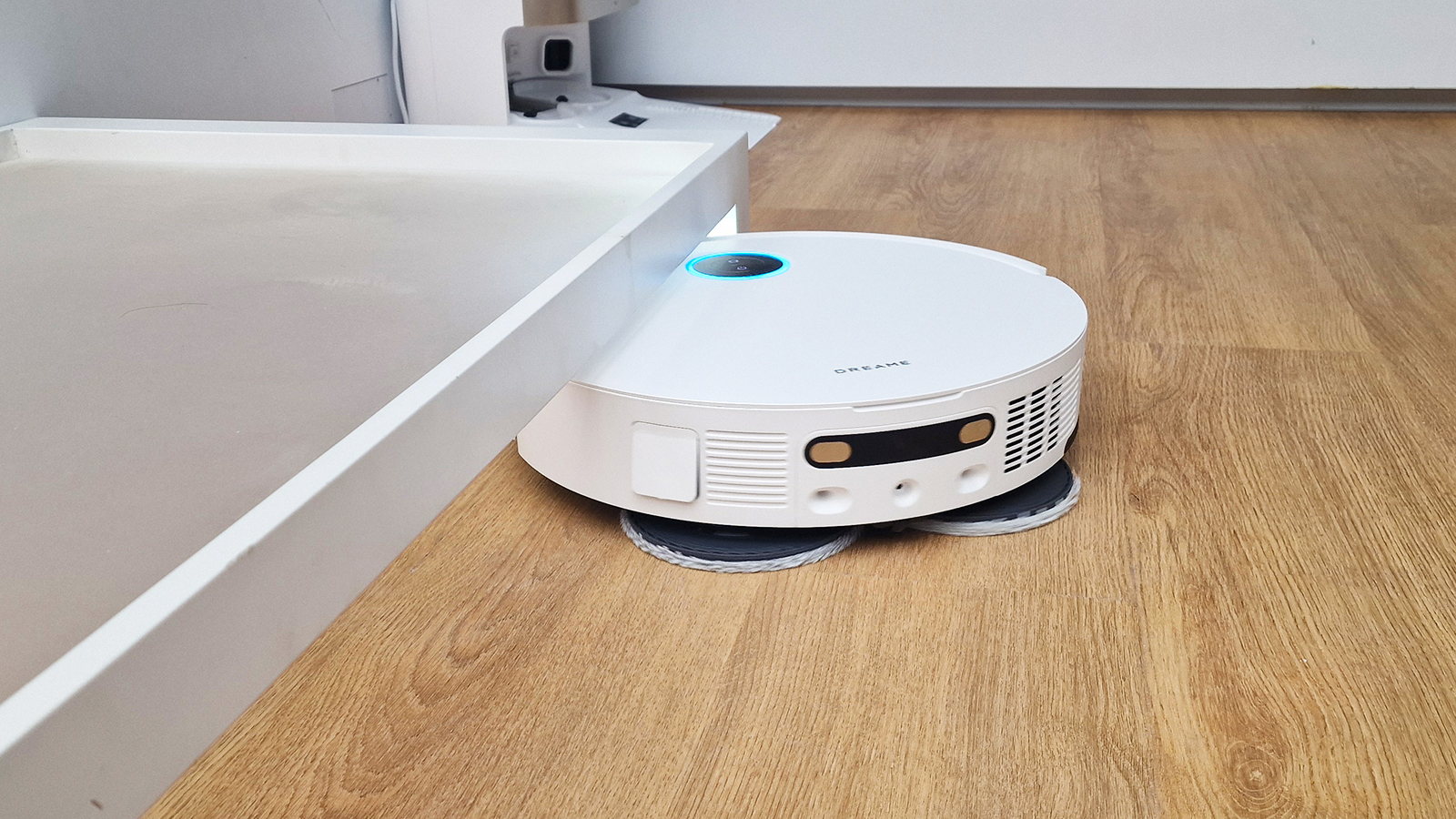
Expert David Miloshev explains: “Even though higher-end models with advanced obstacle detection, such as LiDAR or AI-powered cameras, can navigate better, they can still struggle with random clutter.”
The most premium models offer a combination of AI 3D object recognition, LiDAR, and cameras (VSLAM) to provide a more developed system of navigation, utilizing numerous technologies to get a holistic picture of the surrounding environment. These models are currently the most advanced in terms of this function, and provide the most precise navigation and efficiency cleaning around obstacles.
Brian Johnson, appliance expert at MyJobQuote.co.uk adds: “Clutter will restrict the movement of the vacuum and it won’t be able to clean all of your floor. Objects on the floor can also get stuck in the vacuum’s wheels, rollers, or brushes, potentially causing damage.
"Less advanced models without mapping capabilities can get confused amongst clutter and miss whole sections of your floor.”
Common obstacles to watch out for
The most common types of objects that may cause problems for certain robot vacuum models include furniture, legs, low furniture such as sofas, wires and cords, draped curtains, decorative items, pillows, arrangements, vases, bins or floor lamp bases, etc.
Additionally smaller items, such as coins or buttons, pens, pencils, keys, toys, pet food or drink bowls or small rugs can also be challenging for a robot vacuum to successfully navigate.
Robot vacuums can become stuck beneath sofas or chairs, or caught up in items such as wires or small pile rugs, they may knock over bowls or bins, hoover over small items, which could become lodged or cause a blockage within the mechanism of your robot vacuum.
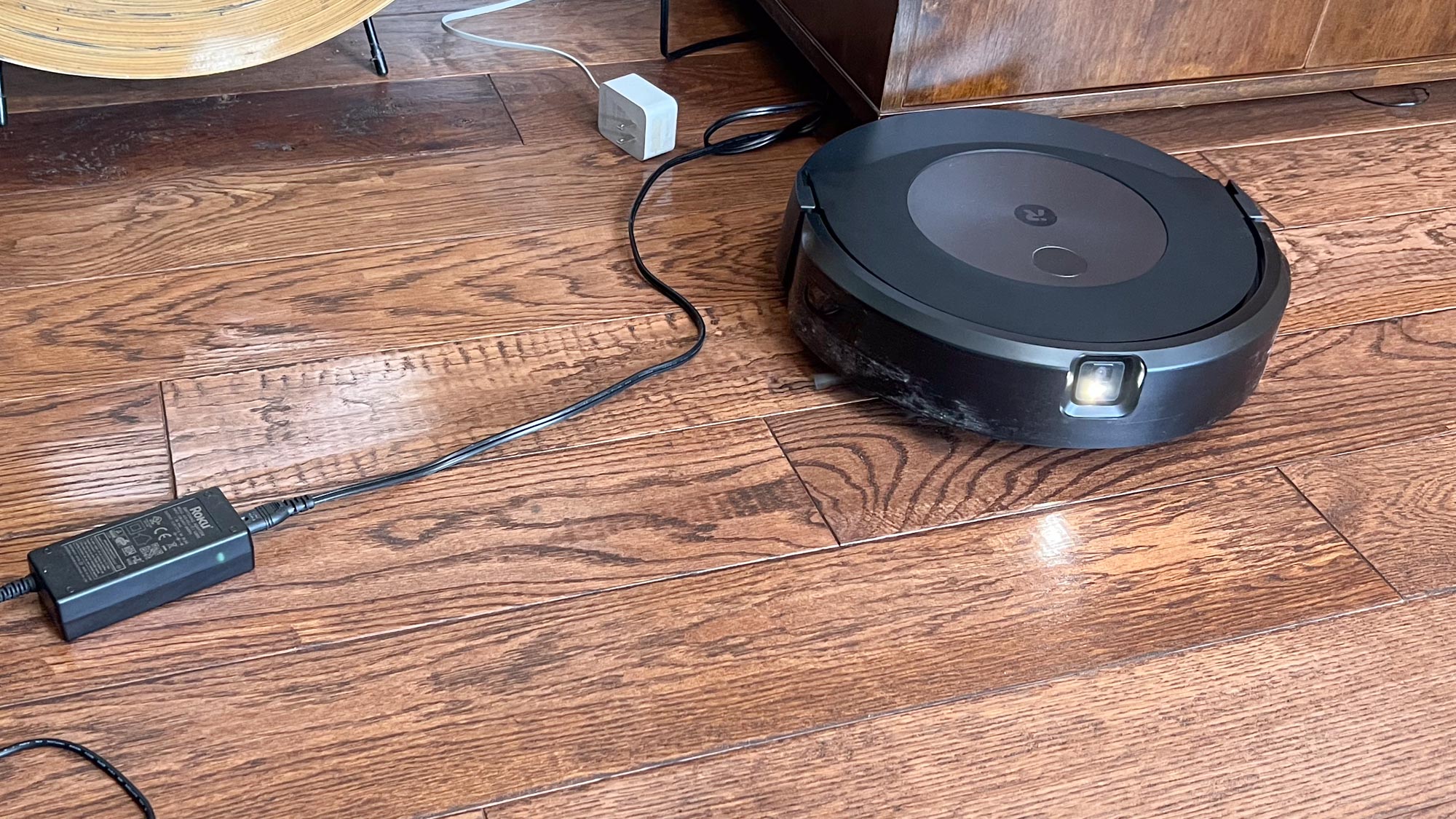
Another scenario is that the robot vacuum may become confused and disoriented when faced with some obstacles and give up entirely; either they stop working and go to sleep where they are, or they return to the docking station to recharge and give up the job. Yes, that really does happen - trust me, I’ve seen it so many times with budget models particularly.
“Obstacles, such as furniture legs, toys, loose cables, and small objects, can cause the appliance to get stuck, or miss cleaning some areas entirely.”
In the event that a robot vacuum becomes trapped, they may send an error report to the app and essentially call you out to rescue them, which can be mildly amusing, if you’re not completely infuriated with it by that point.
David Miloshev agrees, stating: “Obstacles, such as furniture legs, toys, loose cables, and small objects, can cause the appliance to get stuck, or miss cleaning some areas entirely.”
Practical tips and techniques for success
1. Do a quick sweep
Joy Aumann, licensed realtor (CIPS), interior designer, and founder of LUXURYSOCALREALTY.com says: “While brands promote their robots’ ability to navigate obstacles, excessive clutter—like toys, shoes, clothing piles, or tangled electrical cords—often results in incomplete cleaning cycles or even stuck vacuums.
"I recommend always doing a quick sweep to clear obvious obstacles; even a quick declutter of floor space will noticeably improve cleaning performance.”
"I recommend always doing a quick sweep to clear obvious obstacles; even a quick declutter of floor space will noticeably improve cleaning performance.”
Joy Aumann, founder of LUXURYSOCALREALTY.com
The simple way around these scenarios is planning ahead; perhaps prepare one room, allow the robot vacuum to clean that space whilst you move into another room and prep that for the robot to clean next.
Do a quick floor check before switching on your machine. Ensure all floor length curtains are lifted, and that kitchen chairs are stacked on the table if that’s safe for you to do so.
Collect any rogue pieces of paper, toys or other objects, lift up pet bowls to kitchen worktops etc.
2. Use no-go zones
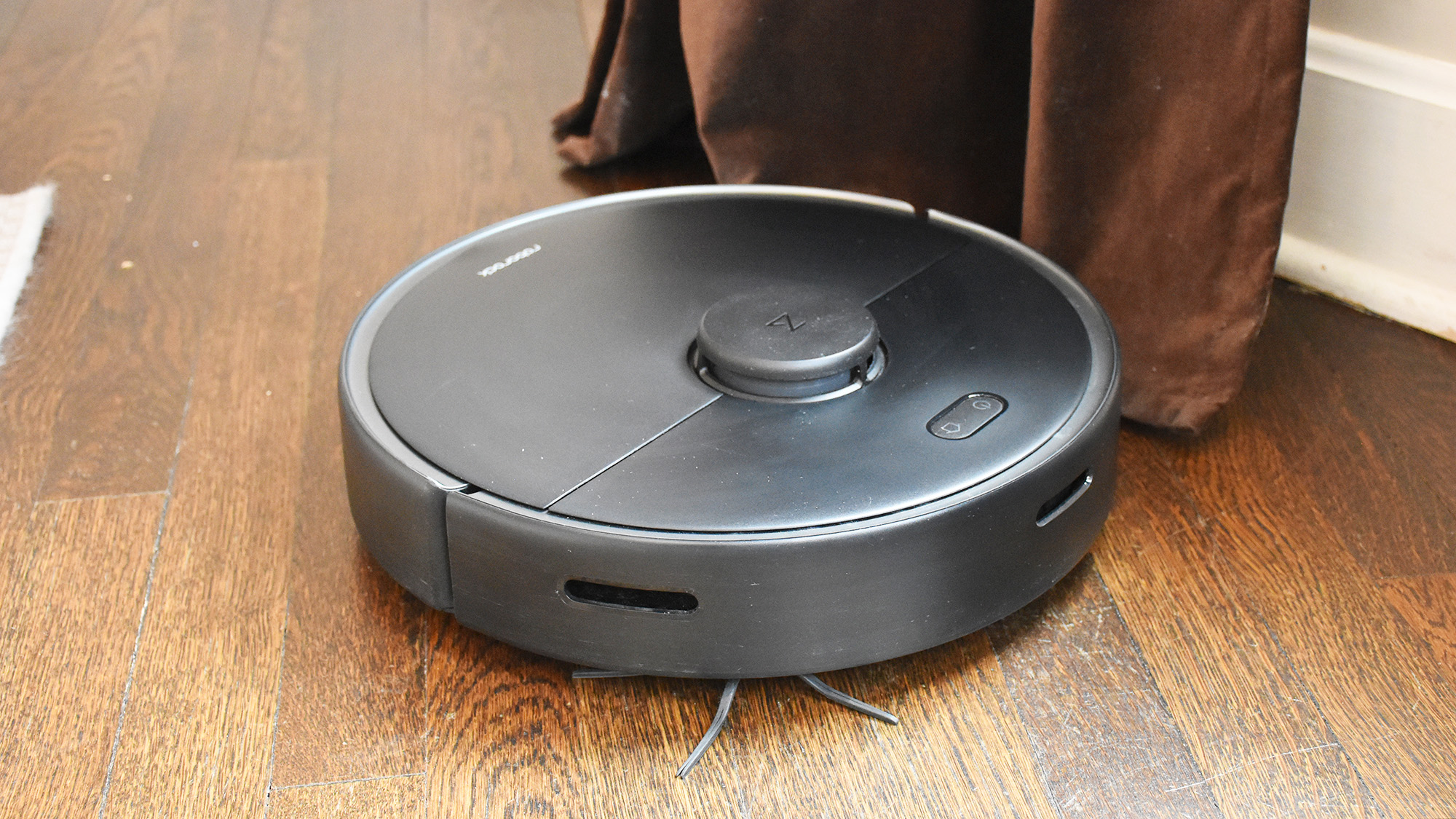
Expert David Miloshev advises: “To maximize your robot vacuum’s performance, it’s best to do a quick decluttering before running it. If decluttering isn’t an option, you can set up no-go zones using magnetic strips or virtual barriers available in some app-controlled models. This will prevent the vacuum from getting trapped in problem areas.”
In other living spaces, do the same checks and temporarily lift up any decor or smaller floor-based furniture that might disturb the robot vacuum. If you have low furniture, for instance a sofa which could trap your machine, either create a no-go zone in the robot vacuum system if that technology is available to you, or block off the furniture physically if you can.
I had this problem with a budget robot vacuum, and I eventually decided to just manually vacuum the space with an upright vacuum cleaner in that room because the robot vacuum would so easily become trapped.
The alternative of course is to supervise it as it works; perhaps sit on the sofa and put your feet up with a cup of tea, and watch the robot vacuum work if you have to, that way you can redirect it manually if you need to, to avoid it getting stuck.
3. Make it work with your routine
In addition to planning ahead, removing obstacles, ensuring the space is free of people and animals, setting robot-vacuum friendly zones, or no-go zones ahead of time, scheduling cleaning routines within your robot vacuum app if that function is available on your machine, and pre-cleaning or pre-tidying your space also really helps to minimize any potential problems with your robot vacuum.
I like to set my robot vacuum to clean my kitchen space in the evenings after dinner, so I send the kids upstairs to get showered first, I tidy away the pots and pans, wash up or put the dishwasher on, wipe the kitchen surfaces and the table and pick up any rubbish or items from the floor that might disrupt the cleaning process.
I lift the kitchen chairs and stack them on the table, and set the machine to work before leaving the room and closing the door. That way I am certain the machine will not be disturbed; the room is well lit and clutter-free and the process is usually foolproof when I complete the cleaning this way.
4. Be strategic with deep-cleaning
During my deep clean, once a week, I will schedule the cleaning process room-by-room, being sure to declutter, tidy away toys, clothes etc. I like to dust the surfaces and wipe down mirrors before I use the robot vacuum.
I also like to supplement our robot vacuum with an upright Dyson vacuum as well, because I feel that I can get more control around the edges, and a deeper clean on carpets when I need to. Using a methodical, strategic approach to cleaning in this way may also help you, as you can place the robot in each room after you are finished with it, to ensure full control over the way it cleans.
If you’re short on time and you want to spread out the cleaning, you could follow a similar process to this, completing one room a day, if you wish. The key is to have a list of all potential obstacles in each room, along with a to-do list before you set the robot vacuum to work.
Or you may wish to schedule daily vacuum sessions in high-traffic or common clutter zones in your home to reduce the buildup of dust and debris.
5. Use your robot vacuum as an incentive to tidy
Whilst these are great guidelines, there are no rules; you will find that you can work out the best plan and schedule according to your lifestyle, home, family and cleaning priorities. Remember that even the high-end models can’t ensure a perfect clean every time, and there is no harm in letting the robot vacuum do a general sweep to get the worst up, even if you aren’t able to remove every obstacle.
Just as long as there are no small parts that may damage the machine's motor, it doesn’t have to be perfect every time. Get to know your robot vacuum and understand what special features and technology you can program ahead of time to get the most out of the machine.
Construction expert, contractor, and owner of Keen's Buildings, Kevin Keen says: “Here's a quirky twist about cluttered rooms: robot vacuums are unexpectedly great motivation for tidiness.
I advise my interior design clients to use their vacuum as a playful nudge toward organization.
Kevin Keen, Construction expert, contractor, and Owner of Keen's Buildings
"Yes, they technically can handle clutter—but do you really want to rescue your vacuum every five minutes from socks, Lego bricks, or phone chargers? I advise my interior design clients to use their vacuum as a playful nudge toward organization. Trust me, your floors—and sanity—will thank you!”
To conclude
As a rule, the less clutter in your space, the more efficient and effective your robot vacuum will be cleaning the floor. The amount of potential disturbance to your machine due to common obstacles and clutter in your rooms may differ to a greater or lesser extent depending upon the make and model of the robot vacuum.
Though it’s not a hard and fast rule, generally the higher-end models will navigate and avoid obstacle or clutter more successfully than budget robot vacuums.
Expert David Miloshev says: “In general, while robot vacuums can work in cluttered rooms, they perform a lot better in an environment with minimal obstacles.”
You can expect a middle-tiered robot vacuum to navigate well around furniture legs, and any random objects, in a well-lit room for instance, although the cleaning will not be as thorough as it would be without those obstacles present.
The best advice I can impart is to remind you to prepare your space, remove clutter and obstacles, and schedule or pre-program your cleaning sessions ahead of time, to ensure your space is tidy, free of people, pets or children and most importantly clutter that could inhibit the performance of your robot vacuum.
Try to balance your expectations of your robot vacuum with your home, family and cleaning requirements. You don’t need to spend hours organizing a room before your robot vacuum can get to work, but it’s just about being realistic about the limitations of your particular model, so do check the manufacturers guidelines, and be sure to program and utilize any technology available with your robot vacuum.
More from Tom's Guide

Emily recently started contributing to Tom’s Guide after joining the team at Top Ten Reviews as a Homes Editor in 2024. With 15 years of experience copywriting and editing content for printed and digital media platforms across publishing, e-commerce, and social media, Emily specializes in writing about home, lifestyle, fashion, beauty and health. Having worked for publications and brands including Harper’s Bazaar, Cosmopolitan, Red, House of Fraser, National Trust, and more, Emily is passionate about pursuing many sources of inspiration. She lives with her husband, two children, pug Coco, cat Smokey, and three Guinea Pigs in Devon, England. Other than spending time in the great outdoors with the family, she loves nothing more than discovering a great new life hack.
You must confirm your public display name before commenting
Please logout and then login again, you will then be prompted to enter your display name.
